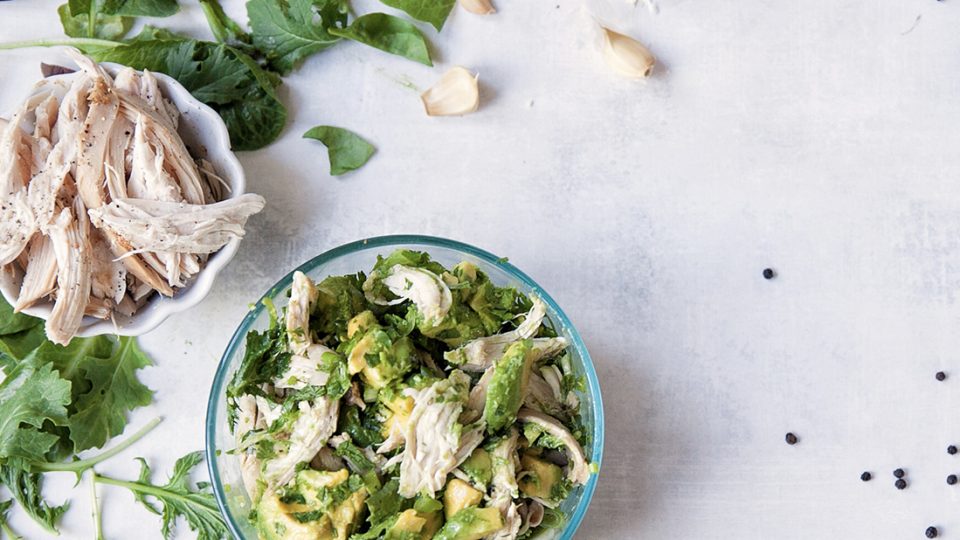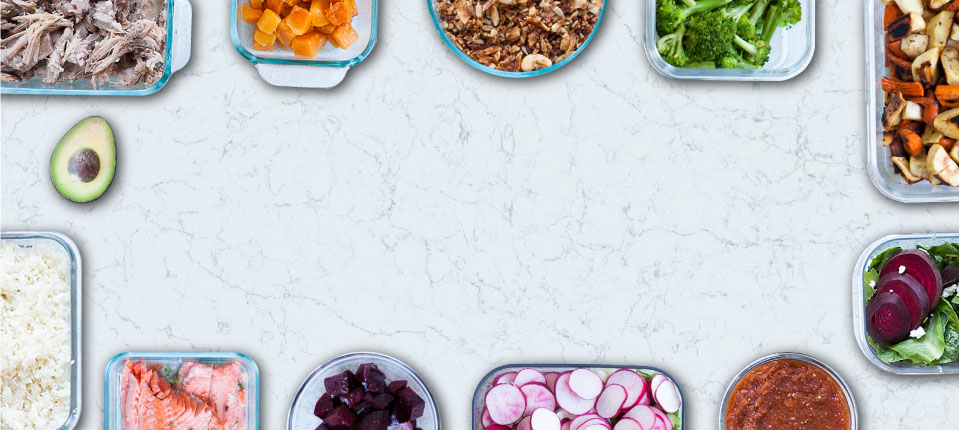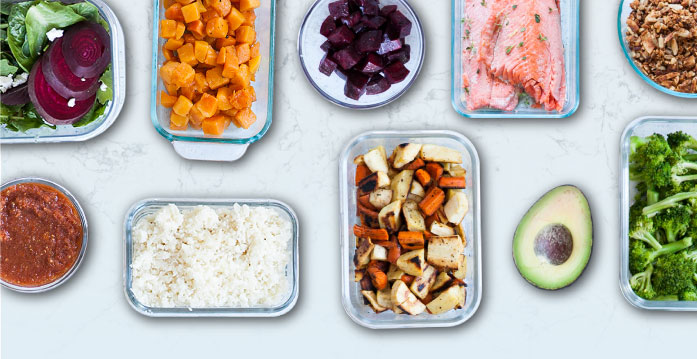Stuck in a food rut? Always scrambling to get something on the table? Menu planning is as simple as lining up a few recipes to make during the week. And while your favorite foodie bloggers are expert menu planners, you may not know where to start.
Fortunately, you’ll find that the only limit to menu planning is your imagination. And while it does take some time, in the end, you will win sanity for yourself. And happy, enthusiastic cheers from your family. Here are seven steps to get you started:
#1 – Gather family favorites
We all have our favorite meals. Check in with your family – ask each person about his or her favorite meal and use this as a springboard to get your menu planning strategies going.
#2 – Find a place to put your most beloved recipes
Whether it’s a binder, folder, recipe box, or an online app – a place for your favorite recipes becomes a toolbox that you can turn to again and again. Use it for inspiration and to keep family favorites organized. Although you might be able to whip up a batch of tacos without reading the recipe, it is easy to forget to schedule a meal if it’s not written down somewhere.
Your toolbox can even include a shopping list, making it easier to quickly review what you have and what you need from the market.
#3 – Start a schedule and stick to it
To ensure you stick with your plan, be realistic. For example, plan for evenings when you will be getting home late because of soccer practice. If the day starts early, make sure you have a quick meal that you can grab and go.
Also, plan meals for several days at one time to avoid monotony. You might also find that a schedule saves you time and money. For example, I like to keep these tips in mind:
- Consider a scheduled theme. For example, Mondays for Mexican food or slow cooker meals on Tuesdays. Breakfast for supper is always a treat.
- Keep side dishes simple. Veggies are delicious when roasted or steamed, which is easy to do. For example, roasted beets and brussels sprouts with bacon or seared bok choy. Keep something like carrot soufflé for a treat when you have more time to play in the kitchen.
- Include leftovers. To ease the burden of starting from scratch with each meal, plan to use foods for more than one meal. Such as using leftover baked chicken for chicken and bacon with spinach or chicken tostadas the next day.
#4 – Make a grocery list and use it
This list should always be available to mark on and use as you menu plan.
When you know what your meals will be, you can review the recipe ingredients and write down what you need. This means that you won’t arrive home from shopping without the one thing that you need to make the dish.
#5 – Display your menu plan
Write down your menu plan and post it where you and the rest of the family can see it. This lets everyone know what to expect. And it keeps you accountable to the menu plan you have spent time creating.
Displaying your menu plan can also help you remember early preparation – such as thawing ground beef or soaking a handful of nuts.
#6 – Introduce new foods occasionally
When you come across a new recipe, make a note. Pull in new recipes once or twice a week, making sure you have enough time to prepare them.
After you make a new recipe, check in with your family. Is the dish worth making again? If so, jot down any ideas or reminders for the next time you make it.
#7 – Always have a backup
Life can be unpredictable. Stay prepared for the unexpected by keeping something that’s already made in the freezer. Like Moroccan lamb stew or a paleo white chicken chili that you can warm up and serve.
While menu planning can seem daunting, it is only as complicated as you make it. When you need simplicity, keep it simple. And when you need to spruce things up, try something new. Remember it doesn’t have to be hard. As Julia Child says,
You don’t have to cook fancy or complicated masterpieces – just good food from fresh ingredients.


